How to Announce a New Product: The Ultimate Guide for Indie
how to announce a new product: You’ve poured countless hours into building something amazing. The code is clean, the design is slick, and you’re finally — learn
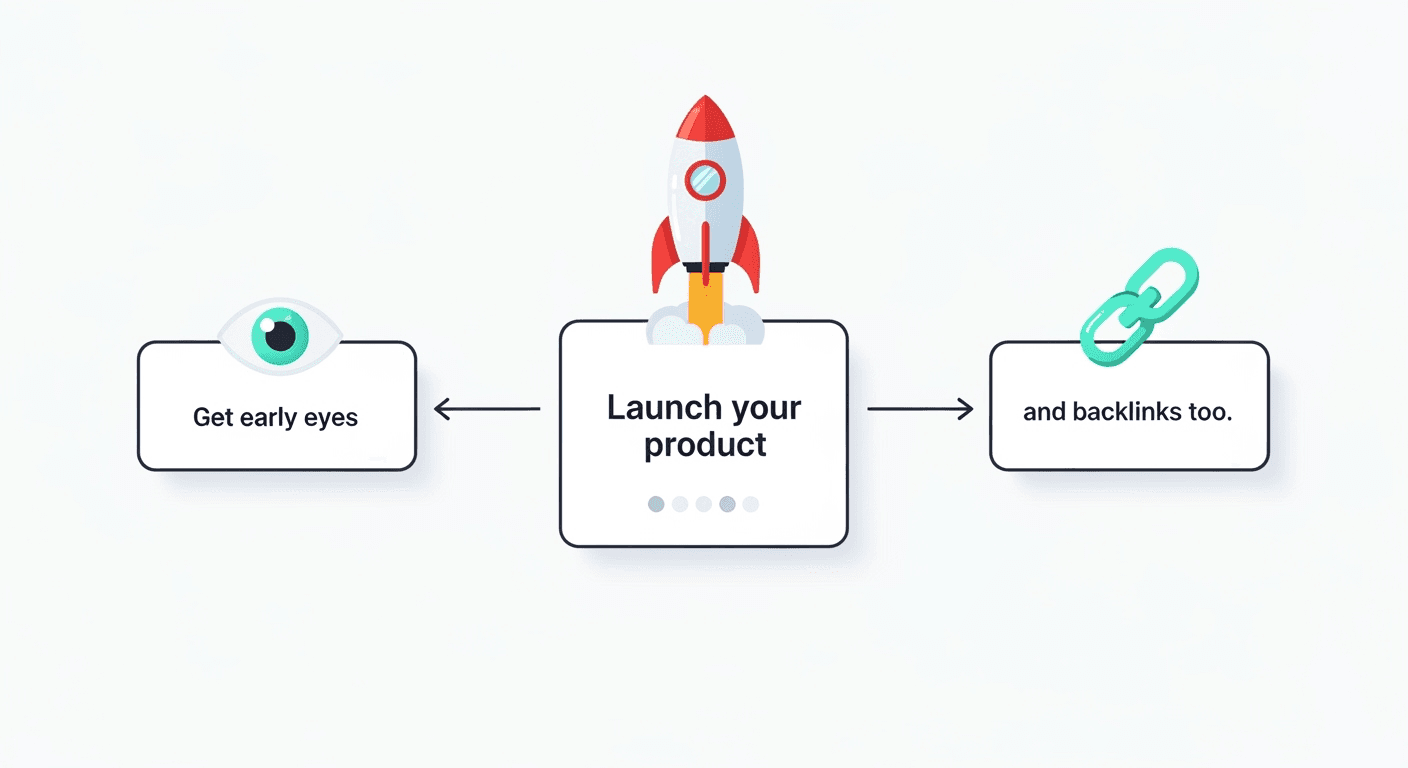
You’ve poured countless hours into building something amazing. The code is clean, the design is slick, and you’re finally ready to share it with the world. But now comes the scary part: the launch. If you’re an indie maker or an early-stage founder, figuring out how to announce a new product can feel more daunting than building it. You don't have a massive marketing budget or a huge email list. How do you go from a product nobody knows about to one that people are excited to try?
This guide is for you. We're going to break down the exact steps on how to announce a new product effectively, ensuring you get the visibility, early feedback, and validation you need to grow—without breaking the bank. Forget launching to crickets. It's time to make some noise.
Table of Contents
- Why Your Pre-Launch Strategy is Everything
- Building an Audience Before You Even Launch
- Crafting the Perfect Announcement Message
- Choosing the Right Channels for Your Announcement
- A Step-by-Step Guide on How to Announce a New Product
- Case Study: From Zero to 1,000 Users with a Smart Launch
- Post-Launch: Keeping the Momentum Going
- Conclusion: Your Launch is Just the Beginning
- Frequently Asked Questions (FAQs)
Why Your Pre-Launch Strategy is Everything
Let's be honest. The actual "launch day" is just one piece of the puzzle. The real magic happens in the weeks and months leading up to it. A successful product announcement isn't a single event; it's the climax of a carefully orchestrated pre-launch campaign.
Why does this phase matter so much? Because it's where you build anticipation and, more importantly, an initial audience. According to industry research, products with a pre-launch waiting list see an average of 30% higher user retention in the first three months. People who sign up early are invested. They want you to succeed.
Think of it like a movie premiere. The studio doesn't just drop a new film in theaters unannounced. They release trailers, do press tours, and build buzz for months. Your product deserves the same treatment. This is a fundamental part of learning how to announce a new product successfully.
Building an Audience Before You Even Launch
So, how do you build this all-important initial audience when you're starting from scratch? It's about finding your people and giving them a reason to care.
1. Identify Your Core Community
Where do your ideal users hang out online? Are they on Twitter, Reddit, LinkedIn, or in niche forums? Find these communities and become an active, helpful member. Don't just spam your link. Answer questions, share your expertise, and build genuine relationships. This is your ground zero.
2. Create a Simple "Coming Soon" Landing Page
You need a central hub to direct interested people. This page doesn't need to be fancy. It should have:
- A crystal-clear headline explaining what your product does.
- A brief description of the problem it solves.
Get our free checklist: Improve your group's communication in 10 minutes.
Download now to reduce friction and talk more naturally.
Tools like Carrd (https://carrd.co) or Webflow (https://webflow.com) make it incredibly easy to build a beautiful landing page in an afternoon.
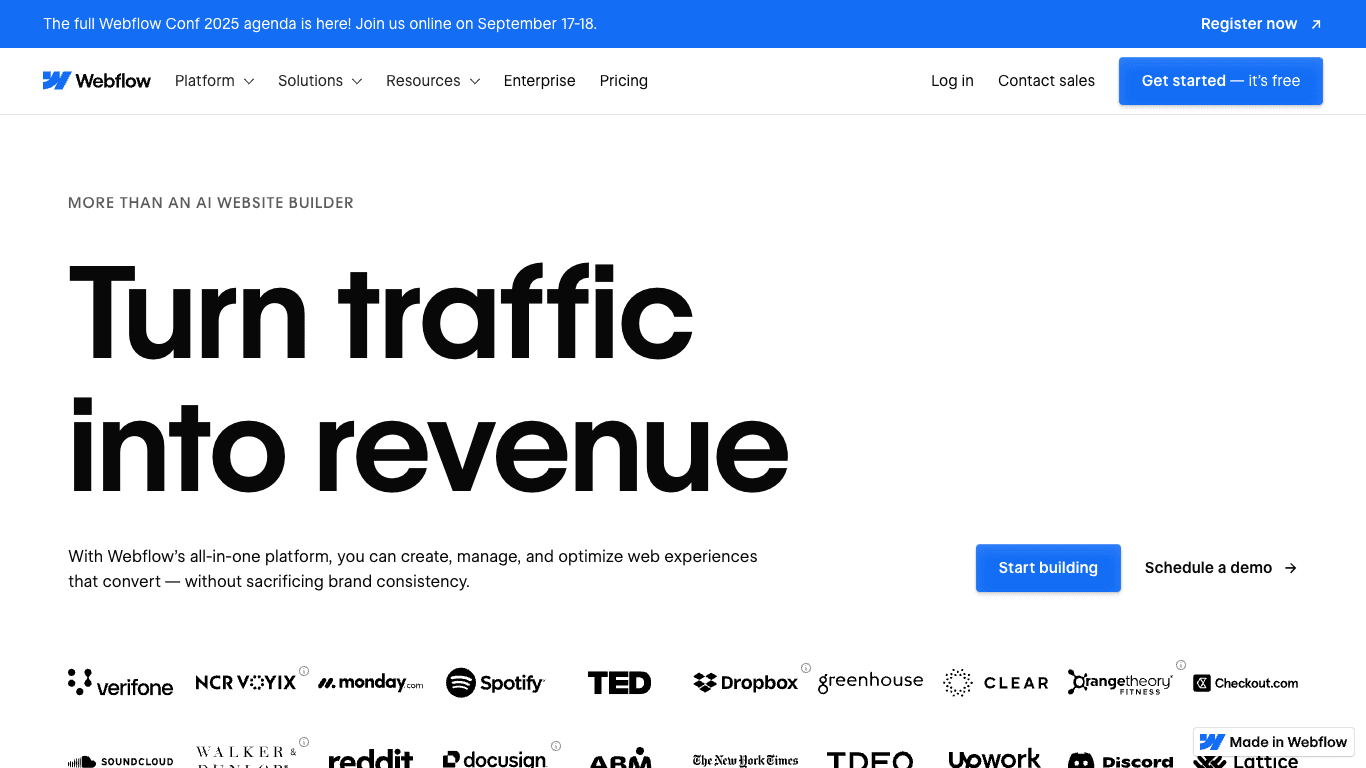
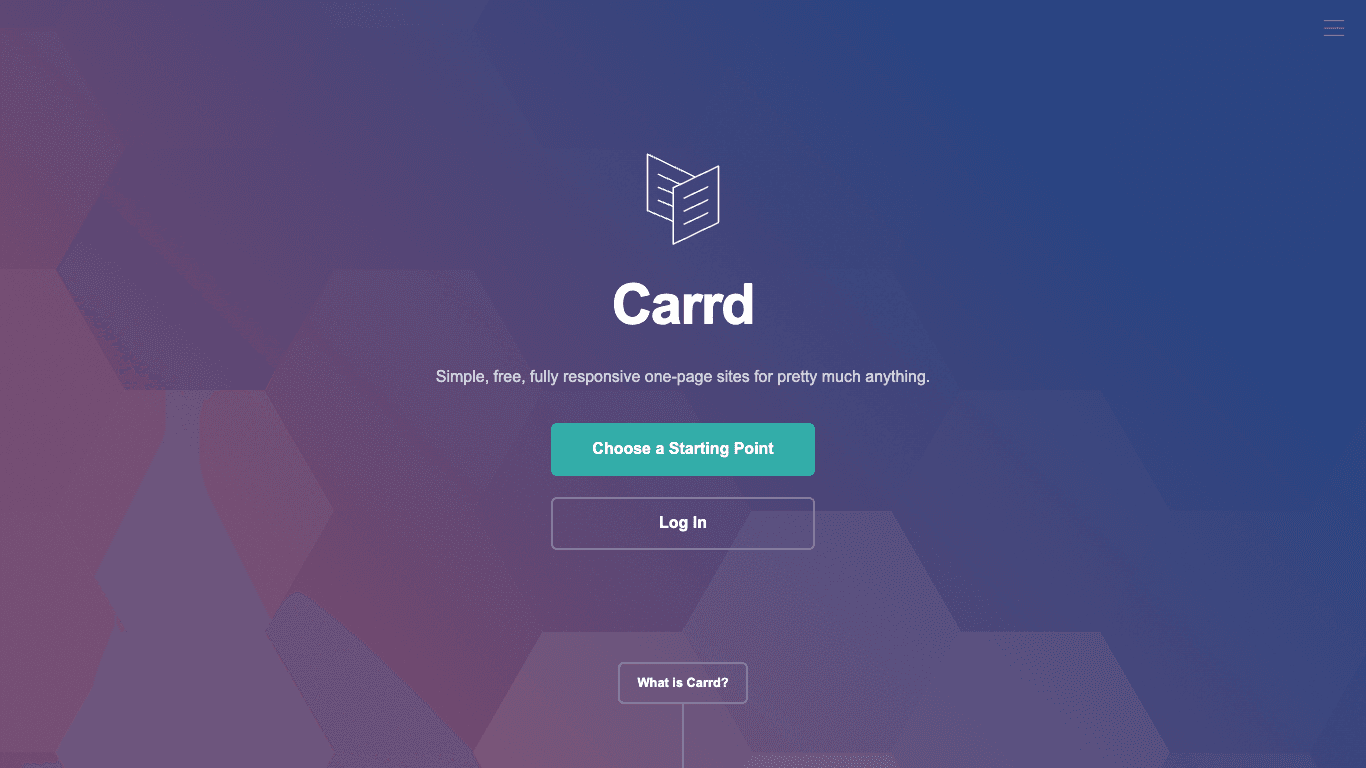
3. Share Your Journey Publicly
This is where so many founders miss a huge opportunity. Document your process. Share the highs, the lows, the bugs, and the breakthroughs. This "build in public" approach does two things:
- It creates a compelling story that people can follow.
- It humanizes your brand and builds trust.
You're not a faceless corporation; you're a maker on a mission. People want to root for you.
Crafting the Perfect Announcement Message
When it's time to actually write your announcement, clarity is king. Your message needs to be simple, direct, and focused on the user. Forget the jargon and buzzwords.
The Golden Formula:
- Problem: Start with the pain point you're solving. Make it relatable.
- Solution: Briefly introduce your product as the solution.
- Value: Explain the key benefit. How does it make their life better?
- Call-to-Action: Tell them exactly what to do next (e.g., "Sign up for free," "Try the demo").
Here’s a bad example:
"We're thrilled to unveil SynergyHub, a paradigm-shifting platform that leverages AI-driven analytics to optimize cross-functional team workflows."
Here’s a good example:
"Tired of juggling five different apps just to manage your team's projects? We built ProjectFlow to bring all your tasks, chats, and files into one simple place. Get your free account today and finally get organized."
See the difference? The second one is clear, relatable, and focuses on the benefit. This is a crucial lesson in how to announce a new product.
Choosing the Right Channels for Your Announcement
You don't need to be everywhere. You just need to be where your audience is. For early-stage makers, a few key channels provide the most bang for your buck. But how do you choose?
Let’s look at a few popular options for indie makers.
| Platform | Best For | Key Benefit | Potential Downside |
|---|---|---|---|
| Product Hunt | Tech-savvy early adopters | High visibility on launch day, potential for significant traffic. | Very competitive; success is often fleeting after the first 24 hours. |
| BetaList | Pre-launch startups | Getting your first batch of beta testers and feedback. | Audience is primarily other founders, not always your end-users. |
| Hacker News / Reddit | Niche communities | Access to highly engaged, specific audiences. Can drive high-quality traffic if your content resonates. | Communities can be harsh; self-promotion is often frowned upon. |
| ShipSquad (shipsquad.space) | Indie makers needing visibility & SEO | Free to launch, connects you with early adopters, and provides valuable backlinks to boost your long-term SEO. | Newer platform, so community size is still growing, but highly engaged. |
Featured Solution: ShipSquad
For founders who are not just thinking about launch day but also about long-term growth, a platform like ShipSquad (shipsquad.space) is a game-changer. The problem with many launch platforms is that the buzz dies down after 24 hours. You get a spike in traffic, and then... crickets.
ShipSquad was built to solve this. It’s a free platform designed specifically for indie makers who need three things:
- Early Eyes: Get your product in front of genuine early adopters who are eager to try new things.
- Valuable Feedback: Connect with users who can provide the insights you need to iterate and improve.
- SEO Growth: This is the unique part. Launching on ShipSquad helps you earn quality backlinks, which are critical for telling Google your site is credible and authoritative. This is a massive advantage for long-term organic growth.
If you're wondering how to announce a new product in a way that pays dividends for months to come, getting early backlinks is one of the smartest moves you can make.
Ready to get early feedback and powerful backlinks? Launch your product for free on ShipSquad (shipsquad.space) and start building your SEO foundation.
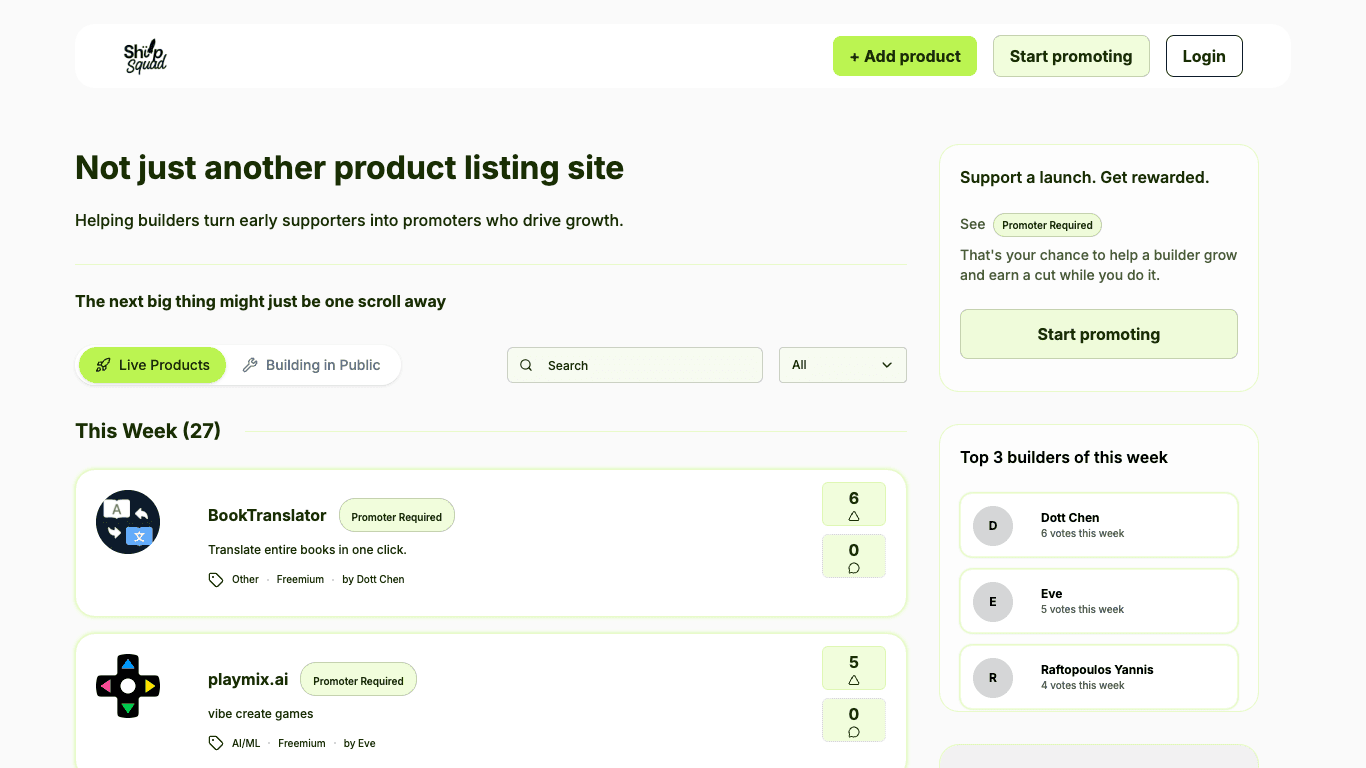
A Step-by-Step Guide on How to Announce a New Product
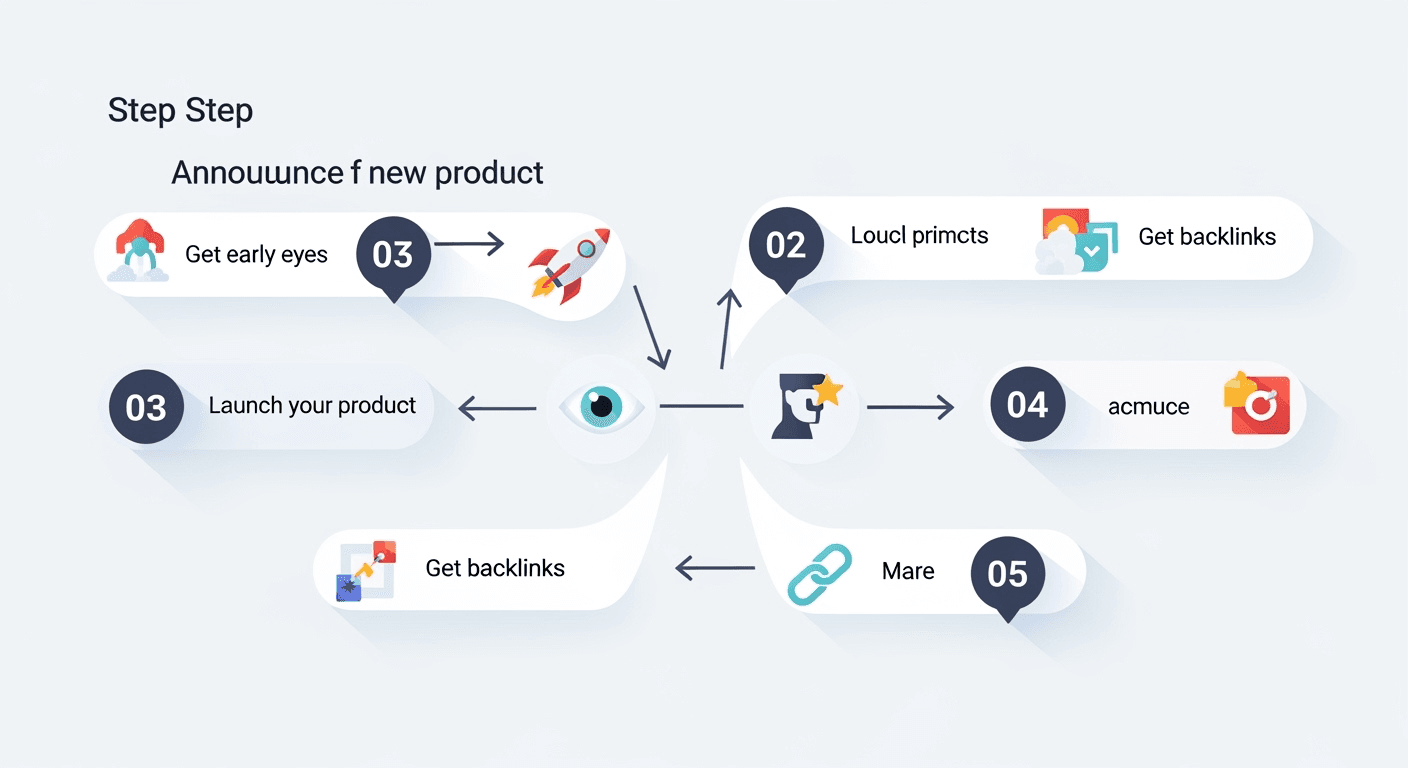
Alright, let's put it all together. Here is a practical, step-by-step checklist.
Phase 1: The Pre-Launch (4-6 Weeks Before Launch)
- Define Your Target User: Get hyper-specific. Who is this for?
- Set Up Your Landing Page: Create your "coming soon" page with an email signup form.
- Find Your Communities: Identify 2-3 online communities where your users hang out.
- Start Engaging: Become an active member. Don't pitch. Just be helpful.
- Begin Building in Public: Start sharing your progress on one social media platform (Twitter/X is great for this).
Phase 2: The Build-Up (1-2 Weeks Before Launch)
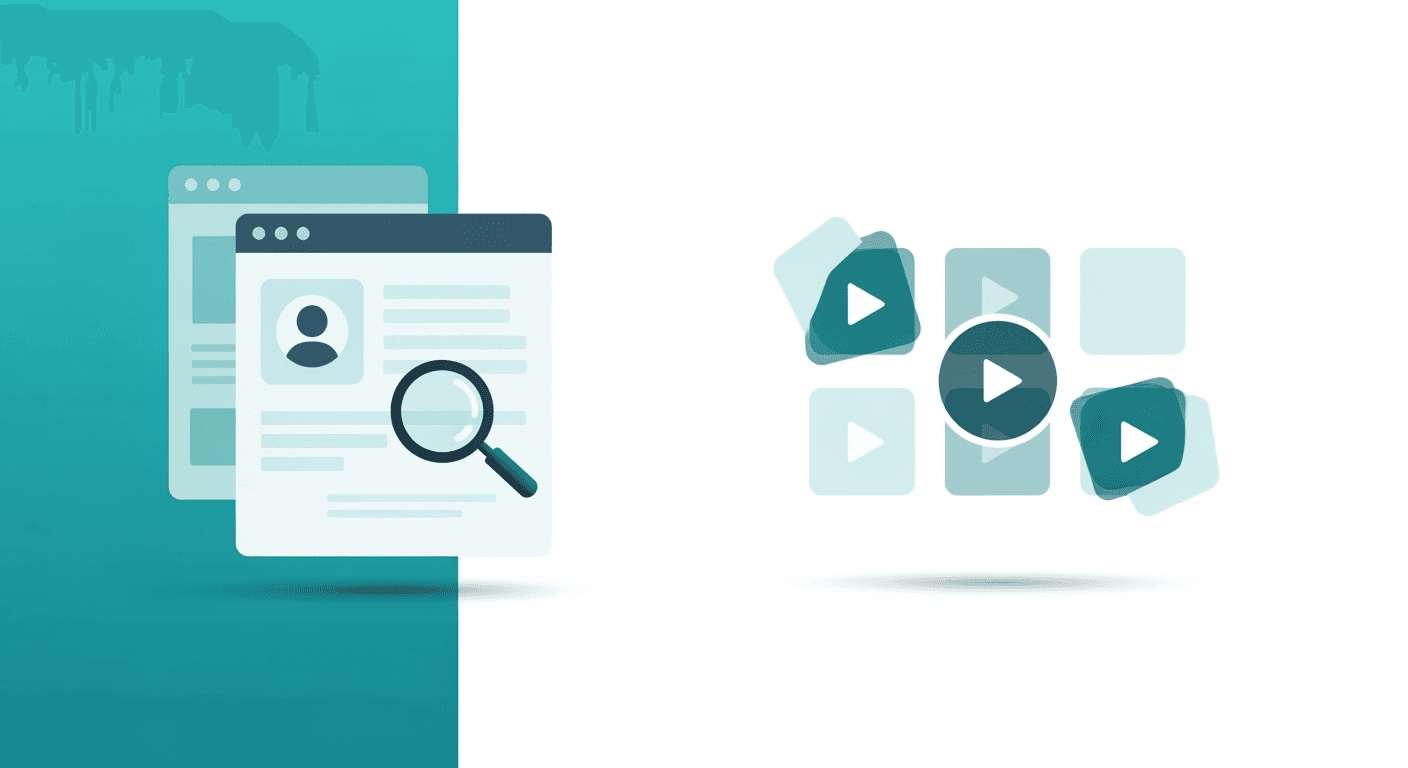
- Email Your Waitlist: Send an email to your early subscribers, letting them know the launch is coming soon. Make them feel like insiders.
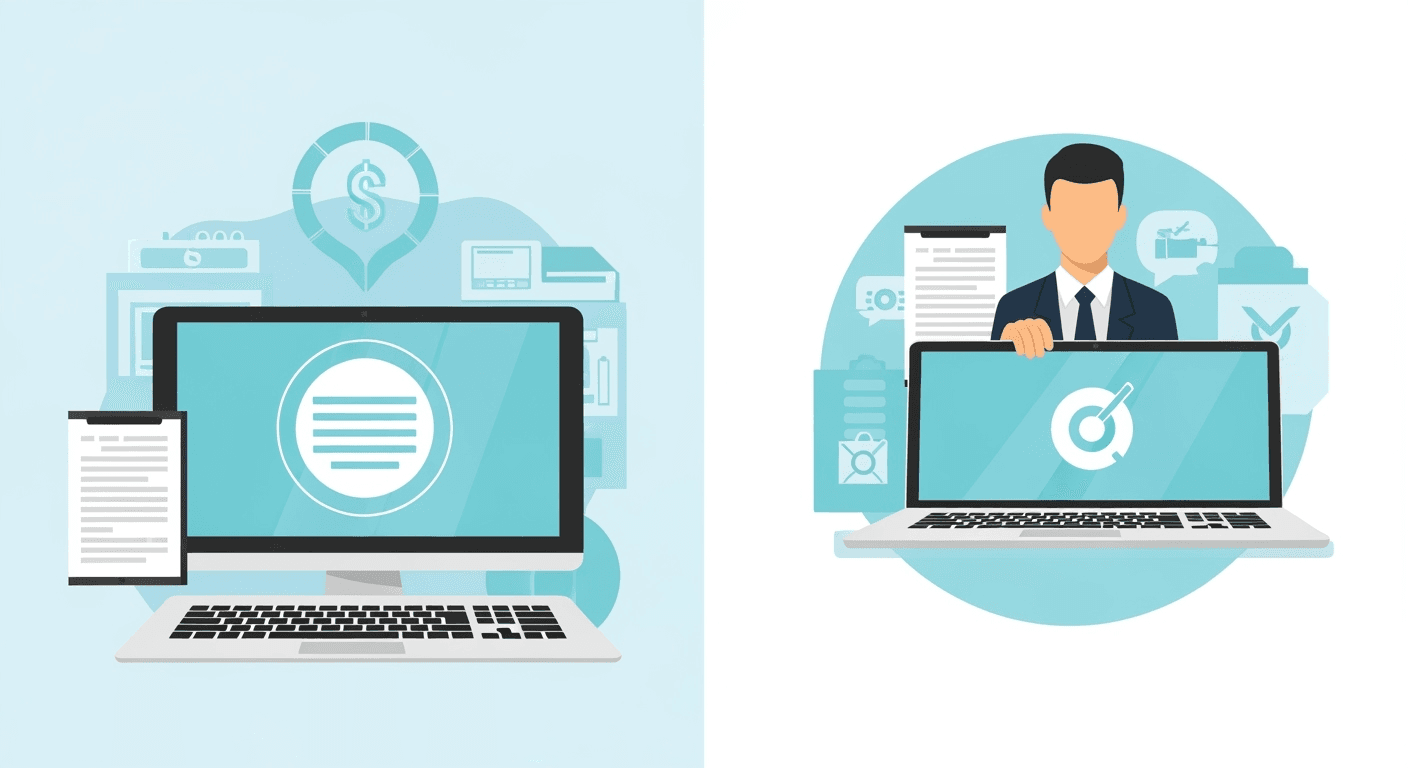
- Reach Out to Friendlies: Personally message a few trusted friends or colleagues. Ask them to check out your product on launch day and provide feedback.
Phase 3: Launch Day!
- Update Your Website: Your "coming soon" page is now your official homepage.
- Email Your List: This is the big one. Send a clear, concise email announcing that you're live.
- Post on Your Chosen Channels: Share your announcement on platforms like ShipSquad (shipsquad.space), Product Hunt, and your target subreddits.
- Engage, Engage, Engage: This is critical. Spend the entire day responding to every single comment, question, and piece of feedback. Show people you're listening.
This structured approach to how to announce a new product turns a stressful event into a manageable process.
Case Study: From Zero to 1,000 Users with a Smart Launch
Let's look at a real-world (but anonymized) example. "FinTrack," a personal finance app for freelancers, was built by a solo founder named Alex. Alex had zero online following and no marketing budget.
The Challenge: How could Alex announce his new product without getting lost in the noise?
The Solution:
- Pre-Launch Community Building: Two months before launch, Alex became a super-helpful member of the r/freelance and r/personalfinance subreddits. He answered questions about invoicing, taxes, and saving—never once mentioning his app.
- The "Build in Public" Hook: On Twitter, he shared his journey of building FinTrack, including his revenue goals and the technical hurdles he overcame. This transparency attracted a small but loyal following of fellow makers and freelancers.
- The Strategic Launch: On launch day, instead of just posting a link, he wrote a detailed post in the r/freelance subreddit titled, "I spent 6 months building a finance app to solve my biggest freelance headache. Here it is." The post was a story, not an ad. He also launched on ShipSquad (shipsquad.space) to start gathering early backlinks.
The Results:
- The Reddit post hit the top of the subreddit, driving over 10,000 visitors to the site in 48 hours.
- He gained over 1,000 new users in the first week.
- The launch on ShipSquad secured 5 high-quality backlinks, giving his new domain a crucial SEO boost.
Alex's story shows that a thoughtful strategy for how to announce a new product can beat a big budget every time.
Post-Launch: Keeping the Momentum Going
Your work isn't done on launch day. In fact, it's just beginning. The first few weeks are critical for gathering feedback and building relationships with your early users.
- Talk to Your Users: Send a personal email to every single person who signs up. Ask them why they signed up and what they hope to achieve. Tools like Tally (https://tally.so) or Jotform (https://www.jotform.com) are great for simple feedback forms.
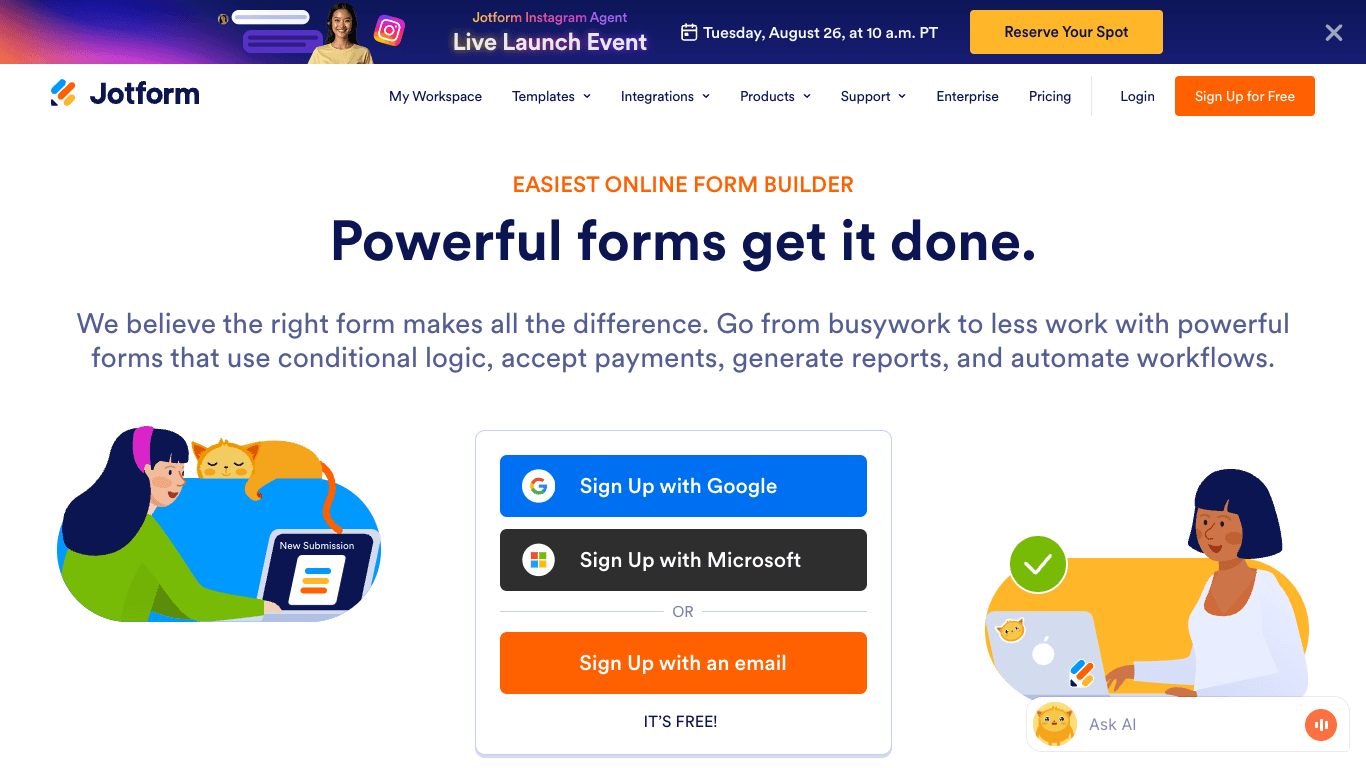
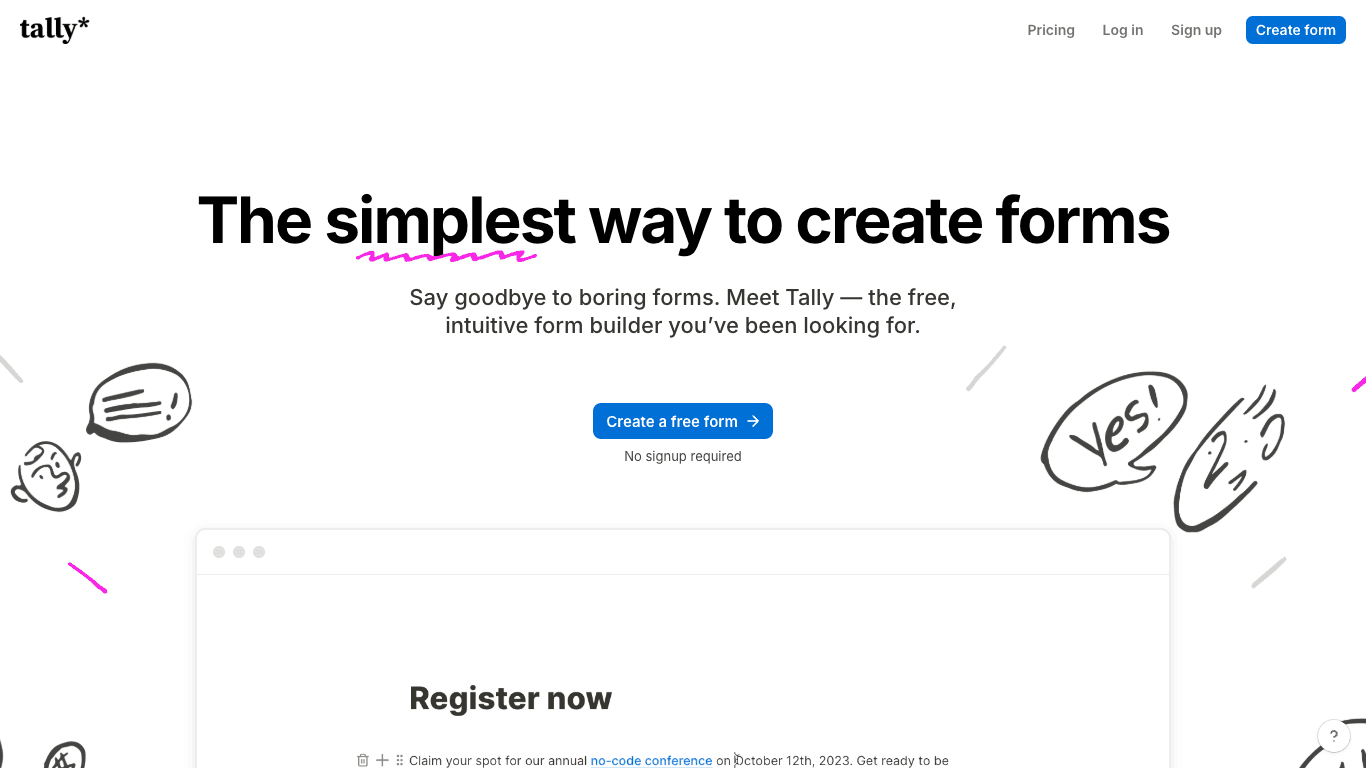
- Fix Bugs and Ship Improvements: Show your new users that you're listening. Quickly fixing bugs and implementing small, requested features builds incredible loyalty.
- Share Your Progress: Continue to share your journey. Post updates about user growth, new features, and what you're learning. Keep your story going.
This post-launch phase is what separates successful products from forgotten ones. It’s the final, crucial step in how to announce a new product for long-term success.
Recommended Videos
- How To Launch A Product Or Business (The 2024 Product Launch Strategy)
- The Perfect Product Launch Formula (That ANYONE Can Follow)
Conclusion: Your Launch is Just the Beginning
Learning how to announce a new product is one of the most valuable skills an indie maker can develop. It’s not about having a huge budget or being a marketing genius. It's about being thoughtful, strategic, and human. It’s about building a community, not just a customer base.
By focusing on a strong pre-launch strategy, crafting a clear message, and choosing the right platforms, you can give your product the launch it deserves. And by using tools like ShipSquad (shipsquad.space), you can ensure that your launch day efforts continue to pay off for months and years to come through sustained SEO growth.
Don't just launch your product. Give it a story, a community, and a foundation for the future. Now go make some noise.
Frequently Asked Questions (FAQs)
1. How far in advance should I start my pre-launch campaign?
For most indie products, starting 4-6 weeks before your target launch date is a good timeframe. This gives you enough time to build a small but engaged waitlist and generate some initial buzz without losing momentum.
2. What if I have no social media following?
That's perfectly fine! The "build in public" strategy is designed for this. Start by sharing your journey on one platform (like Twitter or LinkedIn) and engage deeply in 1-2 niche communities (like Reddit or specific forums). Authenticity and value will attract the right people.
3. How much does it cost to announce a new product?
It can cost zero dollars. The strategy outlined in this guide focuses on organic, community-led growth. Tools like ShipSquad (shipsquad.space) are free, and building an audience on social media and forums only costs your time and effort.
4. What are the most common mistakes people make when announcing a product?
The biggest mistake is waiting until launch day to start marketing. The second is making the announcement all about the product's features, not the user's problems. Always focus on the "why," not just the "what."
5. How do I get those crucial first backlinks for my new website?
This is a major challenge for new products. Launching on platforms specifically designed to help with this is key. ShipSquad (shipsquad.space) is built to provide early adopters and quality backlinks, helping you build your site's authority from day one, which is a huge advantage for long-term SEO.
6. Should I launch on Product Hunt?
Product Hunt can be a great source of traffic, but it's very competitive. It's best used as one part of a larger strategy. Don't put all your eggs in that basket. Use it alongside a community-focused launch and a platform like ShipSquad to cover all your bases.